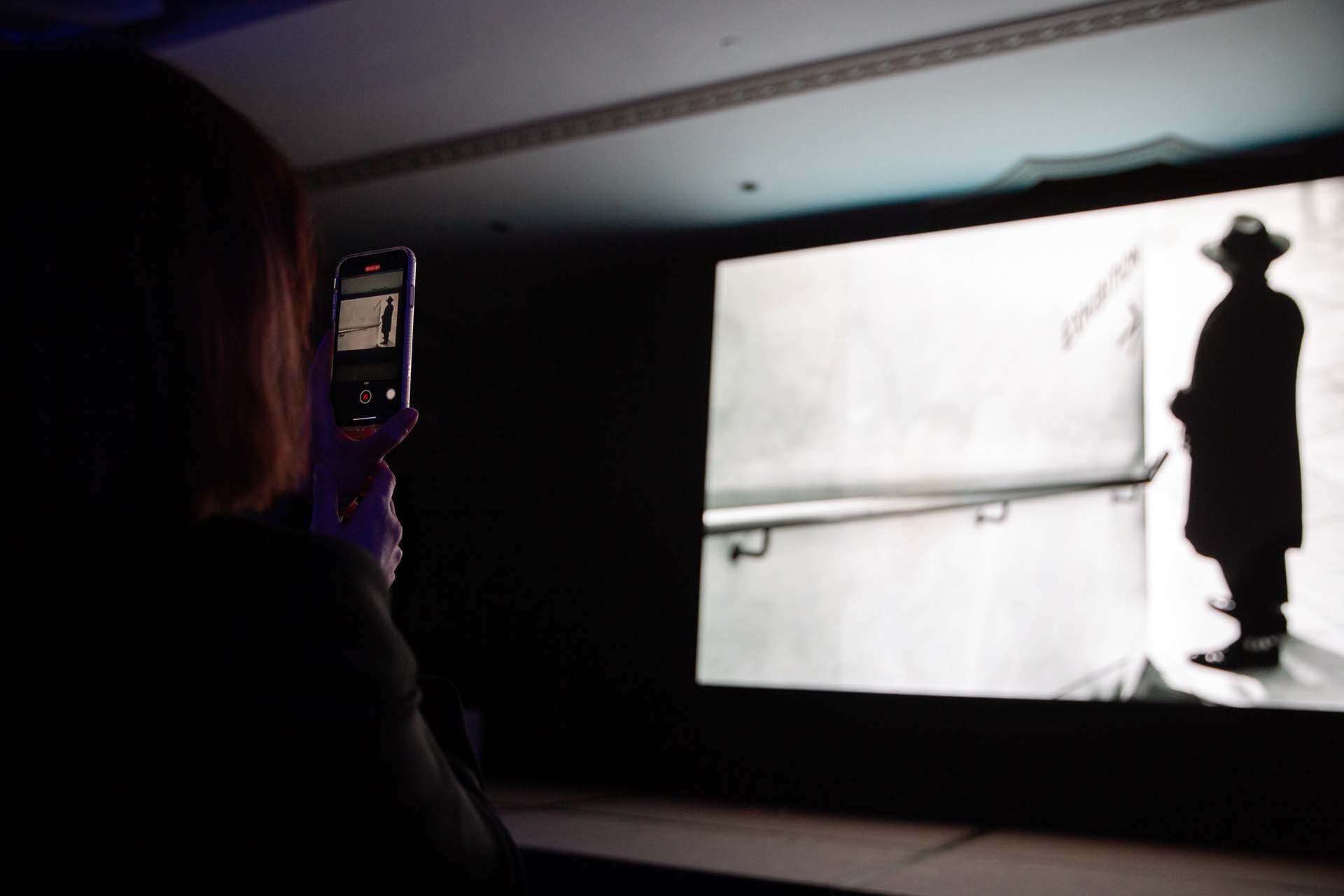Technology has always played a significant role in image creation and photography. For years, computers have been utilised to edit our images, and technology continues to evolve rapidly. In recent months, there has been a lot of buzz surrounding the emergence of AI (Artificial Intelligence), which is now making a huge impact on image creation.
In this article, I want to explore the potential influence of AI on image generation and photography from a personal perspective. AI, with its ability to use “human information” or “prompts” to produce desired outcomes, has become a game-changer in various fields. One of the most widely used AI tools is ChatGPT, an AI-powered tool that can provide responses almost as if you were interacting with a human. The level of detail in the question asked determines the focused and human-like response received. This unique characteristic sets it apart from a simple search engine query and makes it feel like a genuine conversation with a real person.
In the realm of image creation and photography, there is an influx of new and emerging tools that enable creatives and photographers to generate diverse visual content. Prominent software publishers like Adobe (see Adobe Firefly) are incorporating AI tools into their software suites, allowing image creators to push the boundaries of their work. Understanding these tools can lead to significant improvements in the quality of the results possible.
It is essential for photographers, designers, and image specialists to embrace this technology while maintaining their artistic vision and personal touch. By harnessing the power of AI tools, we can adapt to the changing landscape and leverage technology to elevate our craft, delivering enhanced visual experiences.
AI has the capacity to comprehend and generate highly realistic images based on detailed prompts. In Adobe Photoshop, a popular tool for image specialists, users can effortlessly remove elements from an image, change colours, or even completely transform parts of an image by providing an optimised prompt. This makes the whole process of experimentation with different styles, effects, and compositions more efficient. We can streamline our workflow and processes.
AI opens up new possibilities for storytelling, taking photography to a new level.
As with any popular tool, there is a responsibility to maintain transparency and uphold ethical standards. We must be mindful of the impact and implications of AI image generation.
AI image generation is redefining traditional photography practices in various ways. For instance, AI-based retouching and post-processing techniques can enhance portrait photography, such as headshots for businesses and organisations. This enables us to deliver more polished and professional-looking portraits that effectively represent individuals and their identities.
Looking ahead, AI image generation will continue to revolutionise the field of photography and image generation. It will offer new avenues for creativity, efficiency, and image enhancement. As image specialists, it is crucial to stay informed about the latest advancements in AI technology (and not shy away from it) and how they can be integrated into our current and future workflows. By embracing AI image generation while preserving our personal touch, we can navigate this evolving landscape and consistently produce captivating photographs that tell compelling stories for brands and the people behind them.
AI is not a passing trend; it is here to stay. In the coming months and years, it will become an integral part of the processes employed by all image creators.



